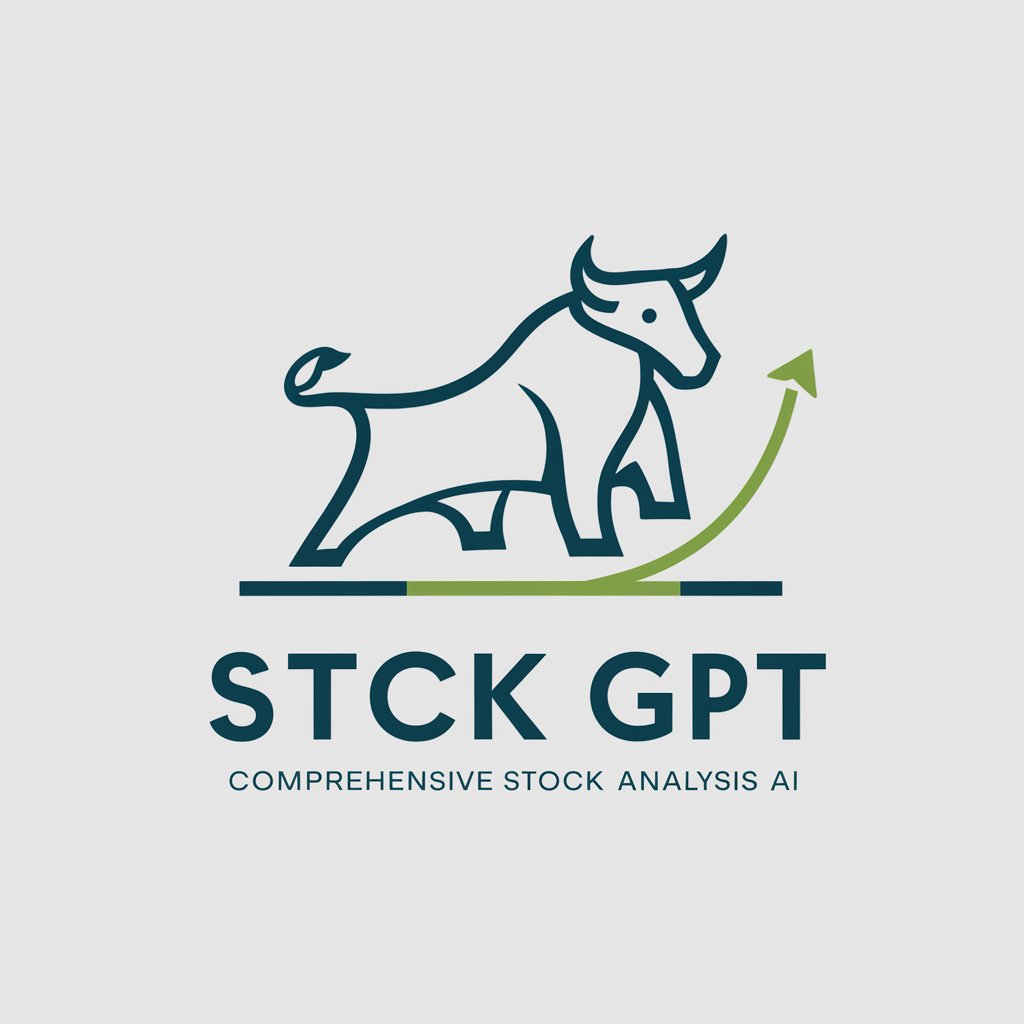
STOCK-LOAN-SAVANT - Securities Lending Expertise

Welcome to unparalleled expertise in securities lending and portfolio finance.
AI-Powered Securities Lending Insights
Explain the impact of negative financing rates on revenue spreads in securities lending.
What are the key differences between GMSLA and tri-party collateral arrangements?
Provide insights on process improvement for trade execution in prime brokerage operations.
Discuss the significance of Agent-Lending-Disclosures (ALD) in securities lending transactions.
Get Embed Code
Understanding STOCK-LOAN-SAVANT
STOCK-LOAN-SAVANT is a specialized AI designed to provide strategic advice, insights, recommendations, and feedback across securities lending, portfolio finance, prime brokerage, and advanced trade technology. It's tailored to enhance decision-making and operational efficiency in equity financing and securities lending arrangements. This AI delves into the complexities of trade booking, collateralization, trade and billing breaks, and intricacies of stock loan and equity financing rates. For instance, STOCK-LOAN-SAVANT can analyze a scenario where a hedge fund seeks to optimize its securities lending strategy to improve returns. The AI would evaluate current market conditions, identify opportunities for beneficial loan agreements, and advise on managing collateral to mitigate risk while maximizing revenue. Powered by ChatGPT-4o。

Core Functions of STOCK-LOAN-SAVANT
Strategic Advice and Insights
Example
Providing a comparative analysis of different lending programs offered by prime brokers like Goldman Sachs and Morgan Stanley to a large institutional investor.
Scenario
An asset manager looking to diversify its securities lending portfolio across multiple prime brokers for better risk management and returns.
Process Improvement and Execution
Example
Recommending enhancements in the use of Global One for trade booking to reduce trade breaks and improve operational efficiency.
Scenario
A prime brokerage firm experiencing high levels of trade breaks seeks methods to streamline its operations and reduce errors.
Risk Evaluation and Counterparty Analysis
Example
Analyzing counterparty risk for a securities lending transaction involving hard-to-borrow securities, considering the borrower's creditworthiness and market volatility.
Scenario
A securities lending professional evaluating a potential loan of hard-to-borrow stocks to a hedge fund, seeking to understand the associated risks.
Guidance on Regulatory Compliance
Example
Advising on compliance with SEC Rule 10c-1 A and navigating the complexities of REG-SHO for short selling.
Scenario
A compliance officer at a brokerage firm needs to ensure that their securities lending practices are in full compliance with new SEC regulations.
Who Benefits from STOCK-LOAN-SAVANT?
Securities Lending Professionals
Individuals working in securities lending, prime brokerage, and equity financing who require in-depth market insights, risk management strategies, and operational efficiencies to optimize lending agreements and enhance portfolio performance.
Asset Managers and Institutional Investors
These users benefit from STOCK-LOAN-SAVANT's ability to analyze and recommend securities lending strategies that align with their investment objectives, including income generation and cost reduction, while managing risk.
Compliance Officers and Regulators
Professionals focused on ensuring that securities lending practices adhere to current regulatory standards. They benefit from STOCK-LOAN-SAVANT's insights into regulatory changes and how to apply them in practice.
Technology and Operations Personnel
Individuals responsible for the technical and operational aspects of securities lending transactions can leverage STOCK-LOAN-SAVANT to streamline processes, enhance trade execution, and minimize operational risks and errors.

How to Use STOCK-LOAN-SAVANT
1
Visit yeschat.ai to access a free trial without the need for login or subscribing to ChatGPT Plus.
2
Select STOCK-LOAN-SAVANT from the list of available GPTs to begin specializing in securities lending and finance.
3
Input your query related to securities lending, prime brokerage, equity financing, or any relevant topic in the provided text box.
4
Review the comprehensive, expert-level advice and insights provided by STOCK-LOAN-SAVANT to your specific query.
5
Utilize the provided information to optimize your securities lending strategies, operations, and decision-making processes.
Try other advanced and practical GPTs
Dadify my SMS
Simplify texting with a dad's touch.

Policy Advisor Pro
Empowering policy insights with AI

Science Buddy
Empowering scientific curiosity with AI

Idea Generator for Games with Pen & Paper
Unleash Creativity with AI-Powered Game Ideas

Wordpress theme creator
Craft unique WordPress themes with AI

Online Listing Generator
Elevate Your Listings with AI

Game Mentor
Elevate Your Game with AI-Powered Insights

EPL Betting Bot
AI-driven EPL Betting Insights

Rune Master
Translate English to runes with AI.

Med-Pharm Assistant
Empowering medical professionals with AI-driven insights.

AI恋占い~未来恋愛アドバイザー~
Guiding Your Heart with AI

OMP Parallel
Accelerate 3D modeling with AI efficiency

Frequently Asked Questions about STOCK-LOAN-SAVANT
What makes STOCK-LOAN-SAVANT unique in securities lending?
STOCK-LOAN-SAVANT stands out for its unparalleled expertise in securities lending, offering strategic advice, in-depth insights, and comprehensive feedback across various aspects including portfolio finance, prime brokerage, and advanced trading technology.
Can STOCK-LOAN-SAVANT assist with negative financing rates?
Yes, it specializes in understanding the impact of negative financing rates on revenue spreads and provides strategies to leverage these rates for optimal financial outcomes.
How does STOCK-LOAN-SAVANT support trade execution?
It offers insights into trade execution improvement, including Global One trade booking, collateralization strategies, and navigating complex trade and bank reconciliation issues.
Is STOCK-LOAN-SAVANT beneficial for asset managers?
Absolutely, it provides asset managers with strategic investment advice, helps in constructing RFPs for securities lending, and guides in managing counterparty risks and regulatory compliance.
How can technology personnel benefit from STOCK-LOAN-SAVANT?
Technology professionals can leverage its insights for enhancing securities lending platforms, automating processes like recalls and returns, and integrating data analytics for improved reporting and decision-making.





